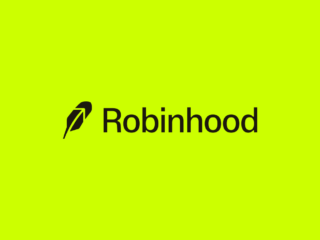
- Digital transaction tools avoid delays and thereby create real, measurable added value.
- Case studies show: Stablecoins and smart contracts release funds faster and reduce costs.
GTreasury and Ripple have a guide together publishedaimed at treasury professionals dealing with global financial flows. He outlines an optimized system for integrating digital assets into company treasury management.
The aim is to simplify the process for treasurers who feel overwhelmed by the handling of digital assets. Many companies still don’t know when these technologies should be taken seriously. The company GTreasury, which was recently acquired by Ripple, found that those responsible in the companies wanted measurable results and not general wisdom about blockchains.
Ripple’s featured infrastructure guide supports over 300 financial institutions. It describes integrated compliance tools that help improve liquidity and speed settlement while avoiding legal and regulatory uncertainty. The use of XRP as a transaction tool in these systems is explained as a component of current financial operations.
XRP as a transaction tool
A case study focuses on a US technology company that used stablecoin networks to process its supplier payments in Asia. The change reduced processing time from several days to just a few hours. In addition, transfer costs were reduced by 70%.
In another example, a large company used digital settlement systems for almost half of its cross-border payments. This freed up more than $2.3 million in previously blocked funds. These examples show how a true digital infrastructure can help eliminate persistent delays in international money movement.
The report also highlights how smart contracts are now part of payment and hedging tasks. These systems automatically manage deliveries, payments and related financial triggers with less manual intervention.
Ripple’s network is already used in more than 90 countries. Its XRP asset is described in the report as an institutional-grade financial tool that has the liquidity and reliability required for high-volume financial activities.
As CNF reportedRipple has partnered with DZ BANK to have an operational base for custody of digital assets for institutional customers in Germany. The system supports tokenized bonds, fits current market operations and follows German regulations for digital securities.






No Comments